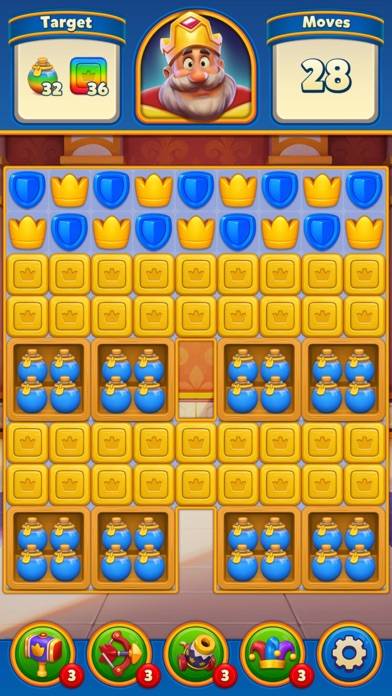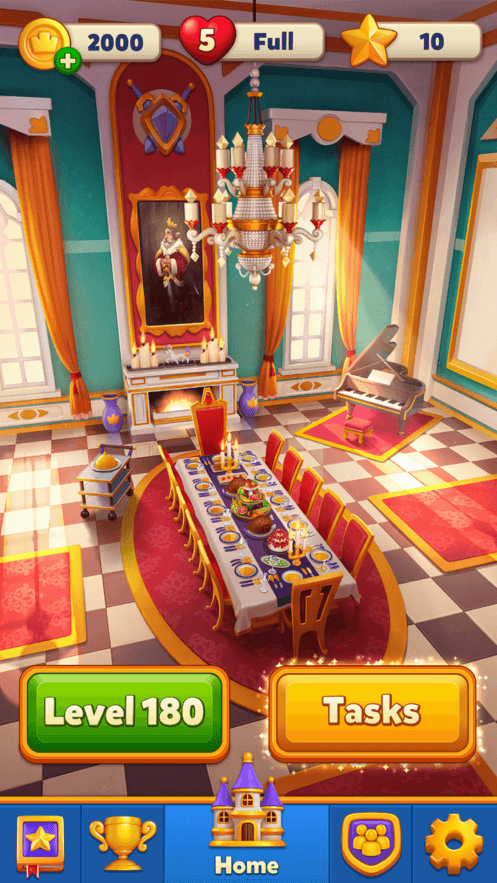Journalists and many game developers hate loot boxes. Players of games that feature this mechanic, however, love them. Just see the comments on this video:
It is true that very often considerable amounts of money are invested in order not to get what one wants. This leads many people to overspend and feel guilty. But in general, the thrill of opening a surprise is loved by the Players.
Eliminating these elements from a gaming system is risky because it damages the spend depth on the service. In practice, players will be able to spend much less money to get what they want. Given the number of people paying for a free-to-play game, this measure can be detrimental and seriously damage the service.
I think that this choice was made without taking data into consideration and without listening to the people that plays the game: the Players.
Surely there is a part of the players who will have left because of the disappointment of spending money and not getting what they want. This move maybe is a way to re-engage part of the churn. But successful games are built on Players, so people who stay and play, not those who choose to leave.
- They could have tried split testing workarounds instead of announcing the new design before of getting the numbers proving that it actually works.
- They could have those new ideas running in parallel with the loot box system.
This is NOT how we use to work in free-to-play. It seems like a AAA brand awareness move. I believe that they chose to follow their instincts. They are the experts, of course. For me, it is a big mistake.


